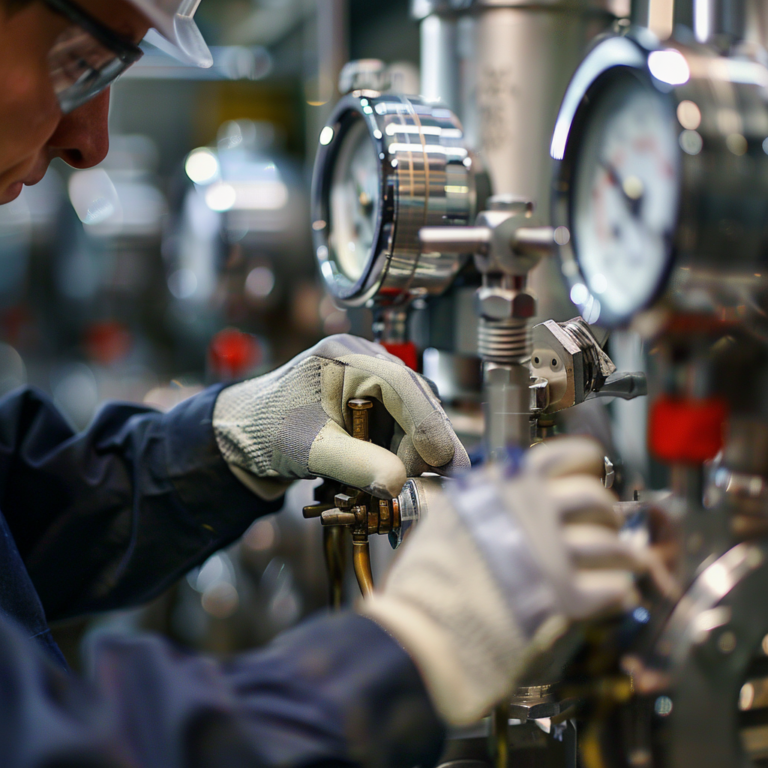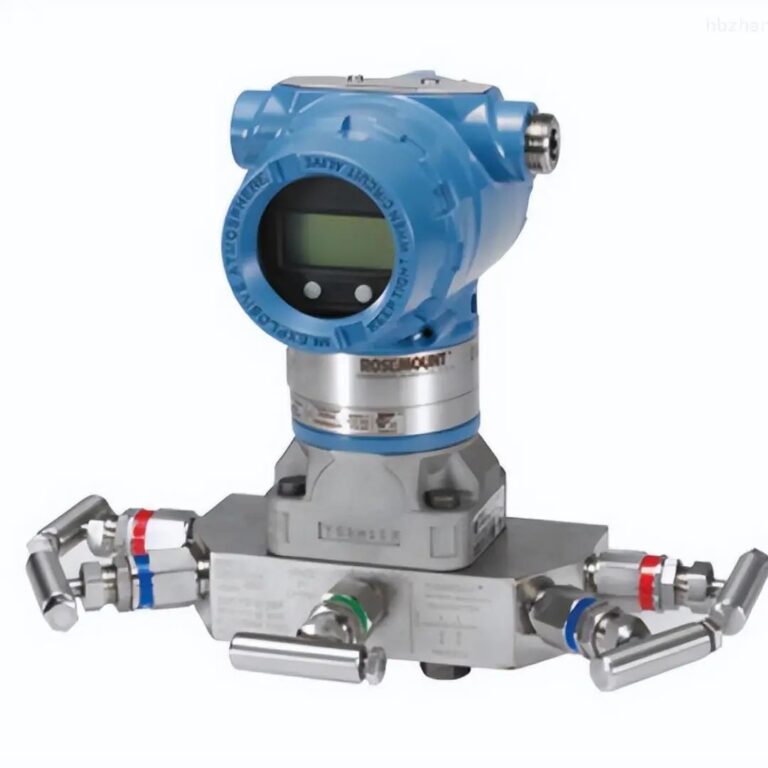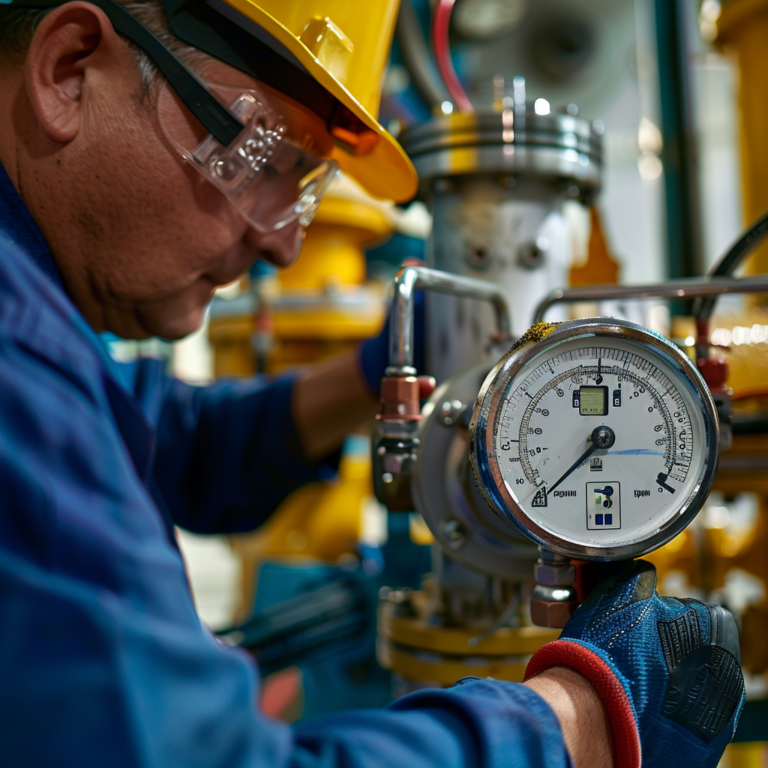Introduction to Pressure Transmitters
Devices that can detect pressure values and provide remote transmission signals are collectively called pressure transmitters. They are a common sensor in industrial automation process control, used to measure the pressure of gas or liquid, and convert this pressure value into a measurable and transmittable electrical signal.
These electrical signals are usually standard current or voltage signals, such as 4-20mA current signals or 0-10V/0-5V voltage signals, to facilitate remote transmission, display, recording or control in industrial automation, process control, monitoring and measurement systems.
It can meet the requirements of centralized detection and control of automation systems and is widely used in industrial production.
Level switches, depending on the measured level, mainly cover the liquid level, material level and the interface formed by different media due to different densities. They are used to monitor the upper and lower limits of the level and perform alarm or switch output and control.

Components of a Pressure Transmitter
A pressure transmitter usually consists of a pressure sensitive element (such as a strain gauge, a capacitive diaphragm, a piezoresistive chip, etc.) and a signal processing circuit.
When the measured medium acts on the pressure sensitive element, it will cause some physical changes in the element (such as resistance change, capacitance change, resonant frequency change, etc.), which are then converted into electrical signals.
The signal processing circuit is responsible for amplifying, linearizing, and temperature compensating the electrical signal to output a stable and accurate pressure value.

Types of Pressure Transmitter
There are various structural forms of pressure transmitters. According to the working principle, they are classified into strain type, piezoresistive type, capacitive type, piezoelectric type, vibration frequency type, etc. The following briefly introduces several commonly used pressure transmitters.
Strain type pressure transmitter has a large measurement range, the measured pressure can reach hundreds of MPa, and has good dynamic performance, which is suitable for fast-changing pressure measurement.
However, there are relatively obvious temperature drift and time drift. This instrument is more used for dynamic pressure detection required by general requirements; Piezoresistive pressure transmitter is manufactured according to the principle of piezoresistive effect. Its pressure sensitive element is a diffuse resistor made by integrated circuit technology on a semiconductor material substrate. When it is subjected to external force, the resistance value of the diffuse resistor changes due to the change of resistivity.
The main features of piezoresistive pressure transmitters are small size and simple structure. The sensitivity coefficient of diffusion resistors is dozens of times that of metal strain gauges, and can directly measure tiny pressure changes.
In addition, piezoresistive pressure transmitters also have good dynamic response and small hysteresis, and can be used to measure pulsating pressures of several kilohertz or even higher.
This is a rapidly developing and widely used pressure transmitter.

The capacitive pressure transmitter uses differential capacitance as the detection element, which mainly includes two parts: measurement and conversion amplification.
It mainly uses the central pressure-sensitive diaphragm and the left and right arc-shaped capacitor plates to convert the differential signal into a differential capacitance signal. The central pressure-sensitive diaphragm forms a capacitance difference with the left and right arc-shaped capacitor plates.
The pressure causes the central pressure-sensitive diaphragm to displace, so that the spacing between the movable electrode and the two fixed electrodes on the left and right is no longer equal, forming a differential capacitance. The relative change value of the differential capacitance is linearly related to the differential pressure.
Since there is no mechanical transmission mechanism of a lever inside the entire capacitive differential pressure transmitter, it has the characteristics of high precision, high stability and high reliability. Its accuracy level can reach 0.2, and it is a type of transmitter commonly used in industry.
Piezoelectric pressure transmitter uses the piezoelectric effect of piezoelectric materials to convert the measured pressure into an electrical signal.
It is a commonly used sensor in dynamic pressure detection and is not suitable for measuring slowly changing pressure and static pressure.

Applications of Pressure Transmitter
Pressure transmitters are widely used in various industrial fields, such as petroleum, chemical, metallurgy, electricity, pharmaceutical, water treatment, etc., to measure and control the pressure of various fluids to ensure the stability and safety of the process.
They can measure a variety of ranges from micro pressure to extremely high pressure, with high accuracy, high stability, high reliability and long life.
In addition, according to different measurement principles and application scenarios, pressure transmitters can also be divided into many types, such as differential pressure transmitters (used to measure the difference between two pressures), absolute pressure transmitters (used to measure absolute pressure relative to vacuum), gauge pressure transmitters (used to measure pressure relative to atmospheric pressure), etc.
